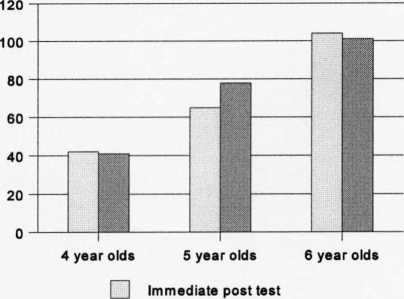Figure 5.11 Total number of correct responses in the definition task by age group for
both post tests

I Delayed post test
Two one way ANOVAs with age as the independent factor and scores on the definition task
as the dependent measure for each post test were carried out. Significant differences were
found both for the immediate (KTuskal-Wallis 1 -way ANOVA: X2=47.9, df=2, p<.0000) and
the delayed post test (Kruskal-Wallis 1-way ANOVA: X2=40.3, df=2, p<.0000). Post hoc
analysis revealed that the 5 year-olds performed significantly better than the 4 year-olds in
the immediate (Mann-Whitney: Z=2.5, p<.05) and the delayed post test (Mann-Whitney:
Z=3.9, p<.0005). The 6 year-olds also performed significantly better than the 4 year-olds in
the immediate (Mann-Whitney: Z=6.8, p<.0000) and the delayed post test (Mann-Whitney:
Z=6.09, p<.0000). Furthermore, the 6 year-olds performed significantly better than the 5 year-
olds during the immediate (Mann-Whitney: Z=4.4, p<.0000) and the delayed post test
(Mann-Whitney: Z=2.9, p<.005).
Whether the same pattern was evident within each linguistic condition was also investigated.
Significant differences were found within each linguistic condition [Inference: (immediate:
Kruskal-Wallis 1-way ANOVA: X2=8.5, df=2, p<.05) and (delayed: Kjuskal-Wallis 1-way
ANOVA: X2=20.5, df=2, p<.0000); Definition (immediate: Kruskal-Wallis 1-way ANOVA:
X2=23.7, df=2, p<.0000); and (delayed: Kruskal-Wallis 1-way ANOVA: X2=12.3, df=2,
p<.005); Analogy (immediate: Kruskal-Wallis 1-way ANOVA: X2=7.9, df=2, p<.05),
(delayed: Kruskal-Wallis 1-way ANOVA: X2=9.3, df=2, p<.05);Lexical contrast: (immediate:
Kruskal-Wallis 1-way ANOVA: X2=10.9, df=2, p<.005)].
137
More intriguing information
1. Cyclical Changes in Short-Run Earnings Mobility in Canada, 1982-19962. Sustainability of economic development and governance patterns in water management - an overview on the reorganisation of public utilities in Campania, Italy, under EU Framework Directive in the field of water policy (2000/60/CE)
3. Incorporating global skills within UK higher education of engineers
4. Public infrastructure capital, scale economies and returns to variety
5. An Intertemporal Benchmark Model for Turkey’s Current Account
6. Regional Intergration and Migration: An Economic Geography Model with Hetergenous Labour Force
7. Großhandel: Steigende Umsätze und schwungvolle Investitionsdynamik
8. The name is absent
9. Impact of Ethanol Production on U.S. and Regional Gasoline Prices and On the Profitability of U.S. Oil Refinery Industry
10. The name is absent